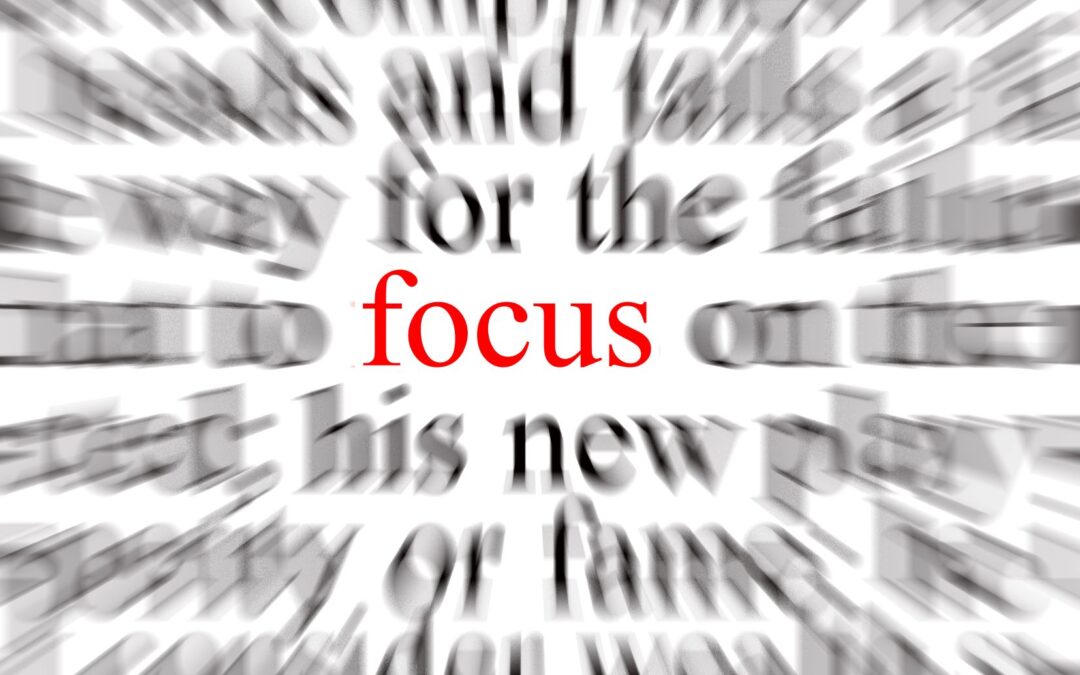Think about your car’s dashboard. Depending on the model and the age of the car, the dashboard will have a varying number of dials, gauges, and digital readouts. They all tell you something about the performance of the vehicle (and sometimes a whole lot of other information) as you’re driving.
But what if you were on a road trip in tricky driving conditions such as, say, a blizzard that required you to keep your hands on the steering wheel and your eyes glued to the road? If all you’d have time to do is occasionally glance down at one of those dials, which one would it be? I’d suggest it would be the speedometer because by knowing that single number—the speed of the vehicle—you’d know a number of other things as well. For instance, when you are likely to reach your destination, how quickly you could stop if the vehicle ahead stopped, whether you’re within the posted speed limit, perhaps what your fuel consumption is, and so forth.
Now apply that to a small business setting. Business articles and books will encourage you to know a range of KPIs (Key Performance Indicators). But a lot of business writers are afflicted with “the curse of knowledge”—they assume that the reader shares their knowledge and circumstances—and they write accordingly. But a lot of the time in a lot of small businesses, that is not how daily life unfolds—it’s often an under-staffed, over-worked, cash-strapped, three-ring circus. It’s nowhere near the reflective, calm, meeting-room atmosphere conducive to examining a range of KPIs. Many a small business owner simply doesn’t live in such a world. So for most small business owners the idea of regularly (if not daily) monitoring a range of KPIs is both impractical and probably unnecessary.
However, that said, in our road journey metaphor you can’t blithely drive on without any understanding of the speed you’re doing. So you need to at least occasionally glance at the speedometer. And in a small business, the speedometer in a blizzard is your focus figure (call it your FF, if you like).
To explain, here’s an example taken from a coffee shop in Calgary a few years ago . . . The owner’s primary concern was her biggest monthly overhead—rent of $6,000 (it was a fancy location in a fancy building). If she didn’t make rent, all the rest was irrelevant. To put the rent issue in perspective, we came up with a focus figure based on the margin per average cup sold. At a margin of $2 per cup her focus figure to ensure that she could cover her rent, was 3,000 cups. Just that one number representing an item she could readily relate to (a cup of coffee), brought her challenge sharply into perspective; she had to serve 3,000 cups of coffee a month (or just over 100 a day) to cover rent. The number could of course then be refined to include other overheads and profit to determine how many cups of coffee had to be served monthly if she was to have a sustainable business.
Every business has a focus figure, it just depends upon the business and the circumstances as to what that figure is. You need to find yours and then monitor it.
But like the car dashboard where you’re not going to get rid of all the gauges except the one just because you are unable to keep an eye on them all the time, you’re not going to ignore the range of KPIs that measure the health of your business. You’re just going to look at them occasionally enough to be in full control, but you’re going to keep a constant eye on your focus figure.

Recent Comments